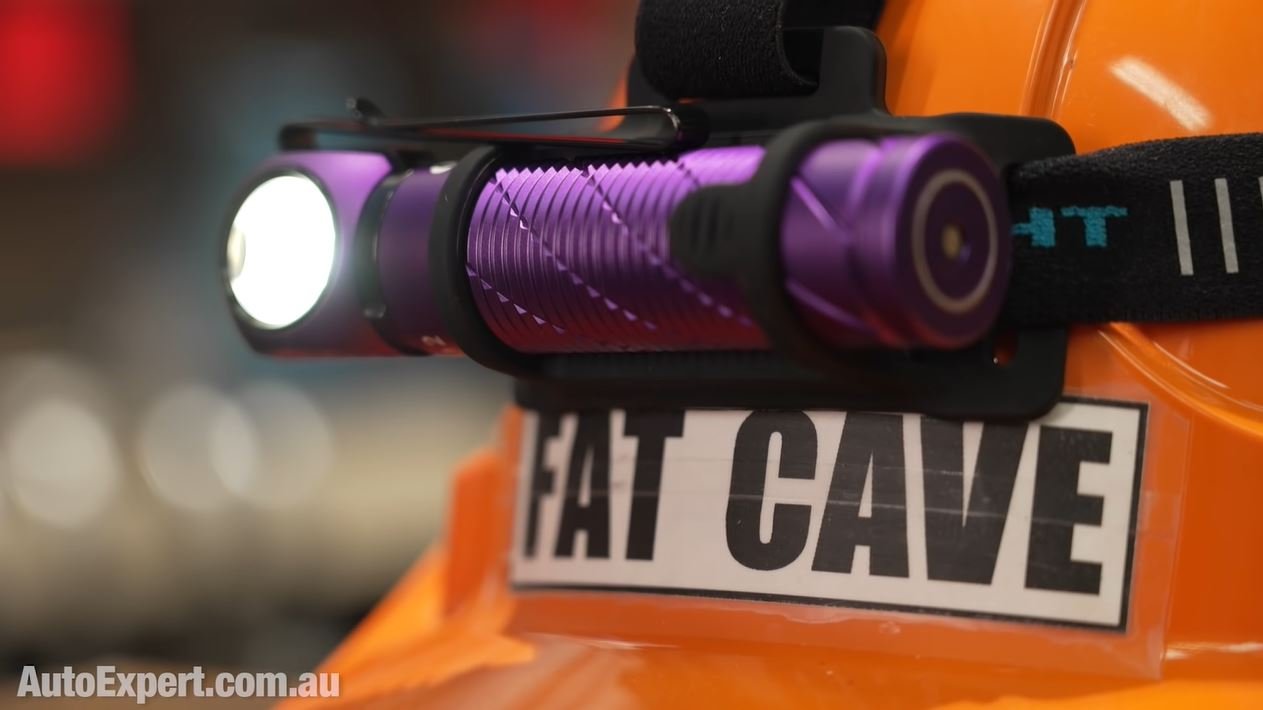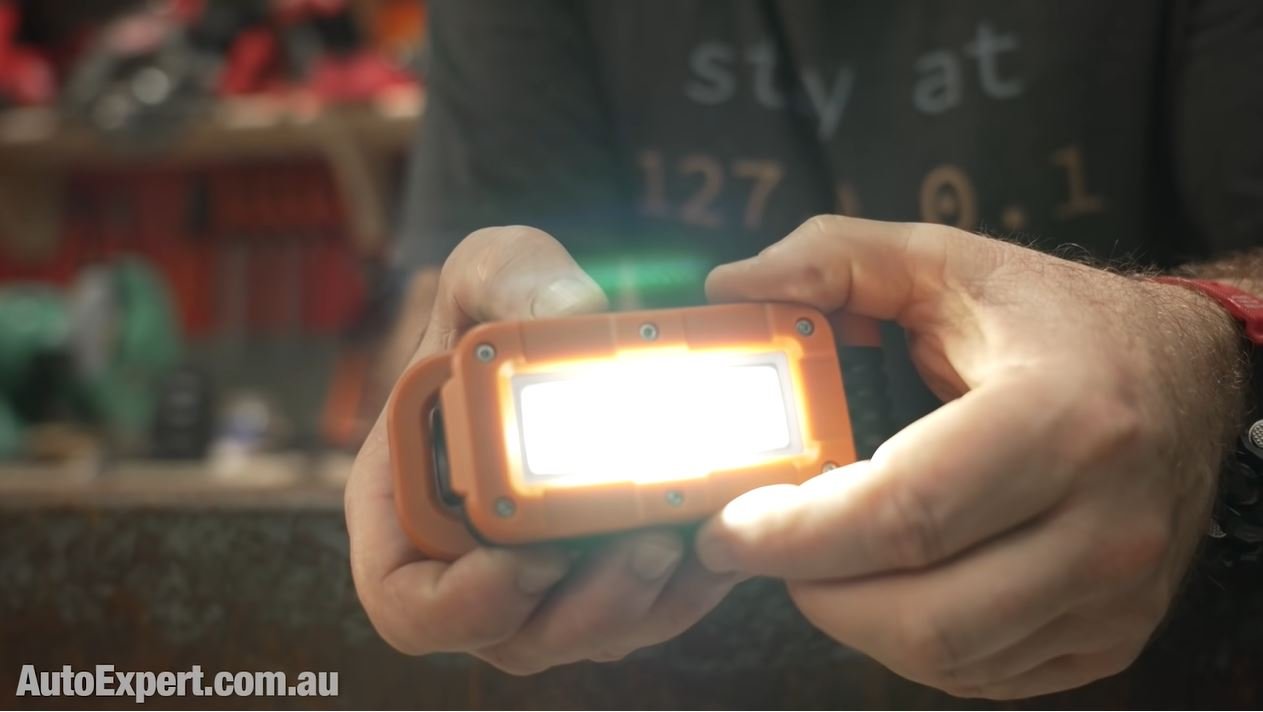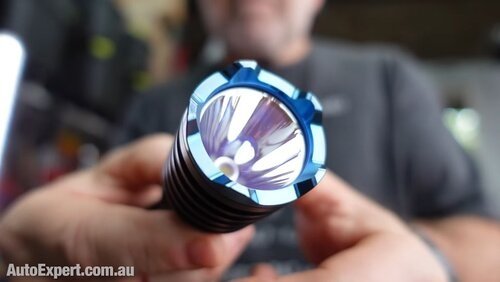The truth about 4WD dual-cab utes and the 'bent chassis' problem
Think it’s smart maxing your ute’s payload, hitching a trailer and hitting the bush tracks? Here's what happens when your ute chassis goes ping…
Why do so many 4X4 dual-cab utes end up bent like bananas out there in the bush?
It’s a simple answer but with a series of complex sequence of events, at least to some. There is a unique weakness in dual-cab 4X4 utes which reveals itself when dickhead factor collides with science.
Let’s discuss why this happens so that you can mitigate this impending disaster before you and your family emerge from lockdown and hit the road carrying everything you own.
Here’s the initial question posed by regular viewer, Geoff Saul:
I want to put my enthusiasm for the Triton 4X4 dual-cab in perspective.
I’ve spent a lot of time out there on the road to nowhere in a professional capacity, mostly, putting on corporate events for clients, back in the day. I just don’t do the blue singlet and thongs routine because it would be like going back to work in that regard.
I bought a ute because I wanted a ute but did not want to pay $75,000 for a good one. Triton is good value and I like AWD mode engaging 4H on a high-traction surface - it’s a very clever drivetrain - and overall it’s the right ute for me for transporting things to and from the Fatcaves.
But this perception of Triton being prone to bending its chassis is a massively overblown case of cognitive dissonance around the campfire. It is not a Triton problem, it’s a ute problem. There are all kinds of utes out there with bent chassis.
It’s not a design deficiency, it’s a characteristic of these vehicles, and there’s a dickhead factor.
Case in point: Do I have a case against Nissan for my broken Navara chassis? >>
The payload of Triton GSR is 901kg, but if you think loading it up to 901kg and hitting the outback is a good idea, that’s dickhead factor at work. That’s not being conservative. There are pot-holes, ruts, corrugations, wash-aways, dust holes, positive and negative camber, there are crests, dips, logs, mounds, creeks, rocks, slopes and all manner of gradients and dodgy roads out there which, under the right conditions, could smash your ute’s suspension and chassis beyond its design capability.
If you’re not operating within the most conservative domain when it comes to your ute, and you apply harsh conditions, lots of acquired kinetic energy, increased temperatures, and you place additional loads like trailers and push the envelope, then you’re inviting disaster.
You can be legally within the limits of what’s allowed to be carried with your ute, but you can still be pushing the boundaries. Let me explain why:
Pretend for a moment that your ute is a structural I-beam, hurtling down the road, with all this functionality built-in, like seats, windows, your accommodation, engine, transmission and, of course, the chassis.
Roughly, you get about 2 metres of wheelbase, then 1.5 metres from the rear axle to the back of the tray and about 1.9 metres from the rear of the cab to the end of the tray. But what most people never conceptualise is that the loadspace (and the majority of the load) in trucks, for example, is always between the wheels - it’s carried inside the wheelbase.
This isn’t the case with a dual-cab ute because the rear wheel is essentially right up against the back of the cab, and the engine and transmission, the passengers, and your gear is loaded behind the front wheels and in front of the rear wheels. But putting heavy loads in the tray changes the dynamic of how the vehicle operates.
And the unique air gap between the cabin and tray, which doesn’t exist in wagons, is a specific weakness which acts as a hinge on the chassis. Adding all your additional weight into the tray, like a cab, spare wheel, fuel and water, generator, bikes, food and shelter - it all presses down on the chassis, creating an even greater cantilever.
At 80km/h on some broken moonscape, hours from the nearest tow truck depot or mechanic, it only takes one wrong bump to accelerate that load downward on the chassis…
How to bend your ute: The Mistubishi Triton chassis snapping truth >>
Now, let’s look at exactly how you’re going to load your ute and unpack why it’s going to change the outcome of your holiday.
People don’t think about load.
Imagine if I did the full pimp on my Triton GSR, with a 999kg payload and 3.0-tonne maximum towing capacity. I would be flat-out keeping everything listed here below 250kg. And let’s say I limit myself to a two-tonne trailer, which some would refer to as ‘small’. There’s nothing small about two tonnes. Add two average adults (2 x 86kg = 172kg), plus their bags (2 x 39kg = 78kg | 78kg + 172 = 250kg), then add 25kg of recovery gear, 50kg of fuel, 50kg of water, 200kg for a rear canopy box because they’re all the rage, and a 25kg second spare wheel+tyre (which we’ll mount way out over the rear, right above the towbar).
And don’t forget the 200kg towball download from the trailer. We’re now at 1050kg of the maximum payload; we’re overloaded.
You cannot use the vehicle in harsh conditions, fully loaded, and then with a big heavy trailer on the back.
Every ute is configured with this weak link in the chassis. And you’re operating this entourage in the extreme, with no conservative margin.
MORE ON TOWING, LOADING AND MODIFYING UTES
CRACKED! Hi-tensile bolts Vs chassis Vs dealer incompetence >>
The Applied Physics of Heavy Towing >>
When can I use '4H' in my new 4X4? >>
The heavyweight problem with Ford Everest Basecamp >>
What's the best 4X4 dual cab ute for families and towing in 2021 >>
My AutoExpert AFFORDABLE ROADSIDE ASSISTANCE PACKAGE
If you’re sick of paying through the neck for roadside assistance I’ve teamed up with 24/7 to offer AutoExpert readers nationwide roadside assistance from just $69 annually, plus there’s NO JOINING FEE
Full details here >>
Check out my Olight discount! These flashlights are awesome and Olight supports this channel.
Get 12% off your order using the code AEJC here: https://bit.ly/3zF5hCQ
UPDATE: GVM upgrades and insurance
In a previous report is discussed four-wheel drive clearance lifts and GVM upgrades and whether they’re a good idea. You can watch/read ‘When should you modify your vehicle?’ here.
We spoke about the dynamic performance considerations and how it can take a dramatic hit if you fit these kits. We addressed the physical aspects of adding what are essentially bigger dampers and springs to the same vehicle platform.
But we didn’t delve into the administrative requirements like legislative compliance for registration, and, importantly, insurance. I got an interesting email from a dude about the insurance problem as it pertains to body lifts and modifications to your vehicle, generally:
Stu raises an excellent point. When it comes to modifications generally, one of the biggest failures of vehicle owners is registration compliance, and in their duty of disclosure to the insurer.
Whenever you hear insurance company representatives read-out that pro forma statement which you have to agree to, part of the is your duty of disclosure. So if you give your fine vehicle the full ARB pimp, you need to get on the email and tell them what you’ve modified and ask if there’s anything else you need to provide in order to ensure you have coverage.
This is very important and I don’t think nearly enough people do this - but this is purely speculative. And it matters to the rest of us because if one of the modified vehicles crashes into you, and they’re at fault, then you’re going to really have to seek significant compensation from them - all of which gets messy, quickly.
Don’t forget to make sure your insurance is covered, or find insurance products that allow you to, before modifying your vehicle.
ADDING ACCESSORIES?
Rhino 4X4 roof rack: Why I didn't buy one >>
4X4 Snorkels: Ultimate Buyer's Guide (you probably don't need one) >>
4WD Snorkels and increasing engine airflow (your Q&A - contains nuts) >>
Hard shackles -Vs- soft shackles in 4WD recovery >>
Should I fit my SUV with a bullbar? >>
Will a motorbike carrier break my towbar? >>
MODIFYING YOUR VEHICLE?
Why you should never tune your diesel engine >>
Mods vs Warranty: How modifications affect your new car warranty >>
Can I change the factory suspension on my performance car? >>






















The Hyundai Palisade is a big, comfortable holiday machine for growing families and offers excellent value, generous 8-seat SUV space, and practicality on par with LandCruiser - but it’s $30K more affordable.